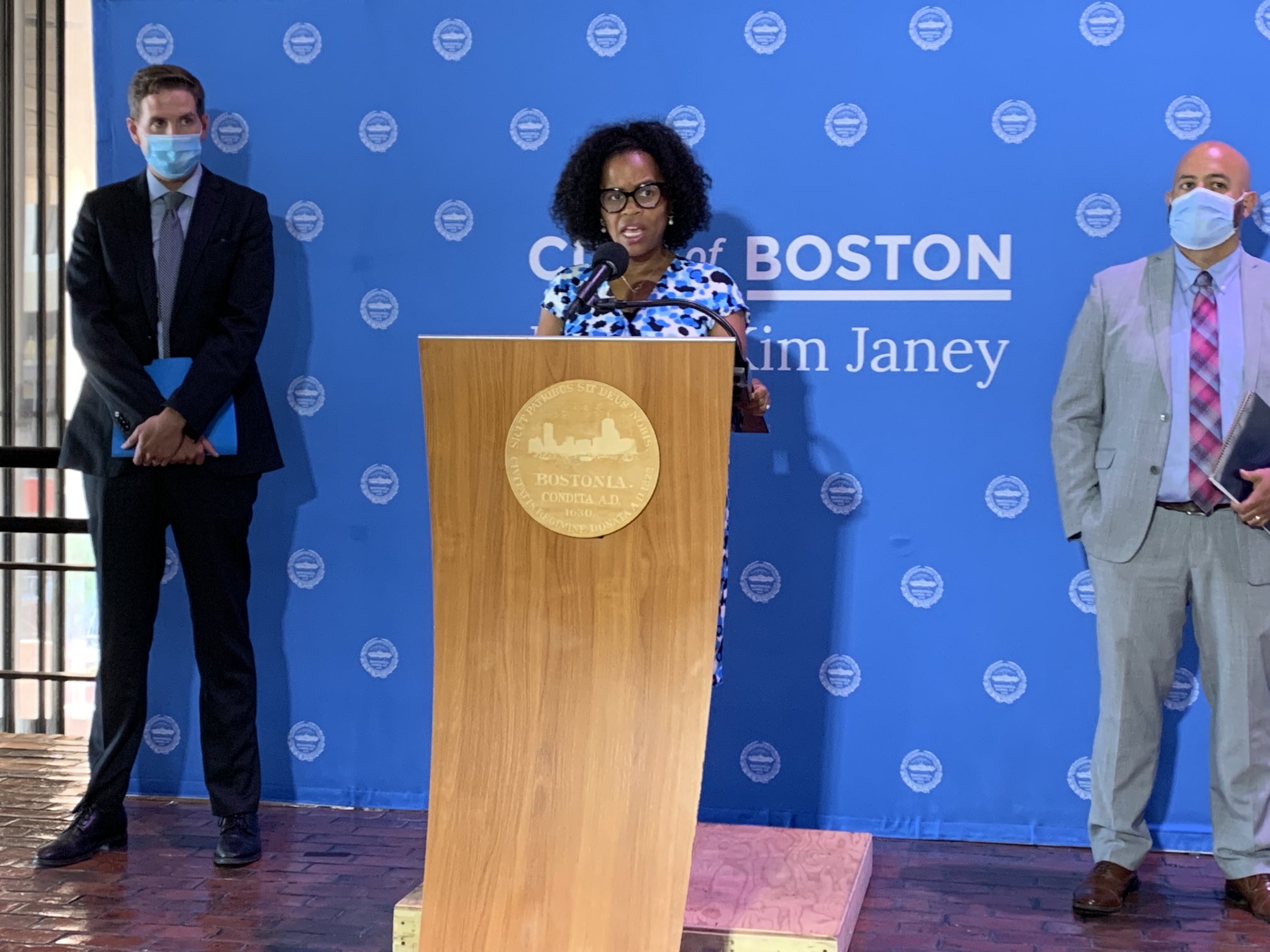Those identifying as white alone in Massachusetts — not Hispanic or Latino — declined from 76.1% in 2010 to 67.6% in 2020.
During the same decade the percentage of the population identifying as Hispanic or Latino grew from 9.6% in 2010 to 12.6% in 2020. The Black and African-American population (non-Hispanic) increased slightly from 6% in 2010 to 6.5% in 2020. The Asian population also ticked up from 5.3% to 7.2%.
WATCH ANYTIME FOR FREE
>Stream NBC10 Boston news for free, 24/7, wherever you are. |
Those identifying as two or more races (not Hispanic or Latino) more than doubled from 1.9% in 2010 to 4.7% in 2020.
The total population for Massachusetts increased from more than 6.5 million in 2010 to just over 7 million, making it the 15th most populous state in the nation and ensuring it retains all nine of its existing seats in the U.S. House.
Get updates on what's happening in Boston to your inbox. Sign up for our >News Headlines newsletter.
Most of the growth in Massachusetts came in the eastern portion of the state, particularly in the Metropolitan Boston area. Suffolk County, which includes Boston, added nearly 76,000 residents in the past decade, boosting its population by 10.5%, while neighboring Middlesex County added the most new residents of any county in the state — nearly 129,000 — increasing its population by 8.6%.
Worcester County added more than 63,000 residents, increasing its population by 8%.
In contrast, two of the state's most western counties were the only ones to see a decline in population. Berkshire Country saw its population fall by -1.7% during the past decade while Franklin County fell by -0.5%.
Nationwide, Massachusetts ranked sixth when measured by the age of the population over 18. It fell behind Washington D.C., ranked first, and four other New England states — Vermont, Maine, New Hampshire, and Rhode Island — making the region one of the oldest in the country when measured by the percentage of its population over 18. Massachusetts reported 80.6% percent of its population aged 18 or over.
In 2010, the state reported 21.7% of its population was under the age of 18, compared to 19.4% of the population in 2020.
The greater Boston area also had some of the tightest housing markets in the state. Suffolk County, which includes Boston, had a housing vacancy rate of 7.1% in 2020, while other neighboring counties had even tighter vacancy rates: Middlesex County (4.9%); Norfolk County (4.5%) and Essex County (5.5%).
On average -- according to the Census Bureau -- smaller counties tended to lose population and more populous counties tended to grow during the past decade. Population growth was almost entirely in metro areas.
In Massachusetts, Middlesex County remained the most populous with more than 1.6 million people, followed by Worcester County with more than 862,000, Essex County with more than 809,000 and Suffolk County with nearly 798,000.
The fastest growing city in Massachusetts is Revere, which saw its population jump by more than 20 percent to 62,000 residents, according to Secretary of the Commonwealth William Galvin. Boston remained the largest city with more than 675,600 residents followed by Worcester (206,500 residents), Springfield (156,000), Cambridge (118,400) and Lowell (115,500).
The shift in population in Massachusetts -- with most growth occurring around Boston -- means new political districts drawn in the northeastern part of the state will have to shrink in geographic size while districts in western and central Massachusetts will have to expand to help equalize the number of voters in each, said Galvin, a Democrat and the state's top elections official.
Massachusetts voting rights advocates said Thursday that with the release of the new data, they will propose what they called a unity redistricting map with the goal in part of ensuring equitable representation for Black, indigenous, Latinx, Asian American, people of color, immigrant, and low-income communities.
The release of the redistricting data culled from the 2020 census is coming more than four months later than expected due to delays caused by the pandemic. The redistricting numbers states use for redrawing congressional and legislative districts show where white, Asian, Black and Hispanic communities grew over the past decade.
It also shows which areas have gotten older or younger and the number of people living in dorms, prisons and nursing homes.
The data covers geographies as small as neighborhoods and as large as states. An earlier set of data released in April provided state population counts and showed the U.S. had 331 million residents last year, a 7.4% increase from 2010.



